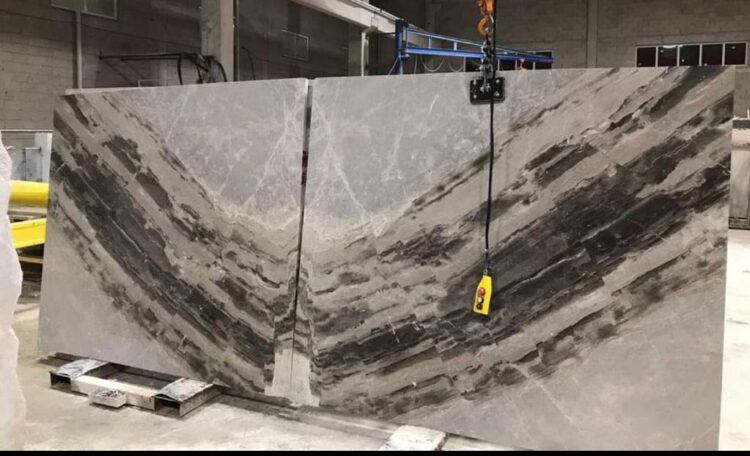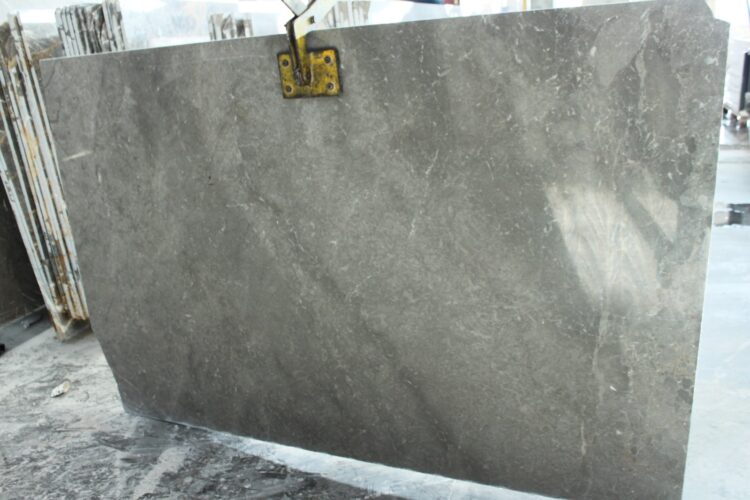In a world where art is constantly renewing itself by integrating with time, JO ENDORO stands out as an important sculptor who shapes his art by taking inspiration from Canova’s neoclassical forms and using innovative techniques. His work skillfully balances the old and the new, the traditional and the modern, offering viewers a contemplative experience. An urban and sophisticated pop sensibility is evident in each of his works, an indication of how he copes with the challenge of classical elements. Even in JO ENDORO’s most recent works, traces of the past are integrated with a contemporary perspective, almost halting the flow of time and offering the viewer an unforgettable experience.
Could you briefly tell our readers about yourself?
Hello, my name is Jo Endoro, and I split my time between Italy, specifically in Tuscany, Carrara, where I have my studio and a gallery, and Miami, where I also have another gallery. I am a sculptor who is passionate about expressive sculpture, drawing inspiration from classical sculptural forms. In my sculptures, I strive to convey my emotions. I consider marble sculpture to be the highest form of art due to its complexity and difficulty for an artist. In Italy, my curator is Vittorio Sgarbi.
How did you start your career as a sculptor? When and how did you decide to pursue art?
That’s a wonderful journey into the world of sculpture, Jo Endoro. Starting at such a young age and being inspired by your grandfather’s marble workshop is truly remarkable. It’s clear that your passion for sculpture and natural stone has remained a constant throughout your life, even as you pursued studies in economics. Opening your own studio a decade ago was a bold and admirable decision, allowing you to express your thoughts and emotions through your art. Your dedication to the craft is inspiring, and it’s no doubt a significant part of what has made you the accomplished artist you are today.
Inspired by Canova’s neoclassical forms, what are the innovative techniques you incorporate into your own art?
I draw inspiration from Canova because I studied at a college located in Veneto, near Possagno. In Possagno, there is Canova’s Gipsoteca, which is, for me, a monument to art. When I finished my classes, I would spend hours and hours admiring Canova’s works. Most of them are plaster study pieces, and I would think about how to give immortality to these artworks. During World War II, with the bombings, many sculptures were damaged, so my constant thought was how to ensure that the children of our children could still admire these marvelous works. So, while thinking and fantasizing, I imagined a cage that would house these artworks, along with a protective membrane to safeguard them all. Then, a simple cloth seemed too ordinary, so I thought that today’s most advanced technology for preservation and packaging was vacuum sealing. Thus, I envisioned a cage with this membrane, where by removing the internal air, a sculpture within a sculpture would form. And that’s how I arrived at my technique. Therefore, it’s absolutely sculptures made of marble and/or stone, starting from vacuum-sealed models.
What emotional or aesthetic messages do you aim to convey in your artistic work? What kind of reactions do you hope to get from the viewers?
“Never play for the audience… I don’t create my sculptures to say something to someone. I express my feelings of the moment, of the period, and I strive to make a classical sculpture done very well. The rest doesn’t interest me.”
What do you consider when choosing the marble you use in your sculptures? Which marble do you prefer and why?
When I choose a block of marble or stone for my sculptures, I select it in reverent silence. It’s a kind of dialogue with the shapeless block, where I try to understand if my sculpture lies within it. I choose the block that inspires me, seeking to almost ask the material for permission to extract the sculpture that resides within.
What are the biggest challenges you face when working with marble and what strategies do you use to overcome these challenges?
When I work with marble, I don’t see it as a challenge but rather as a completion. Marble complements my art, and I feel privileged to be able to shape and sculpt a material that is millions of years old. The real challenge is to give marble the semblance of humanity
What projects and goals in your artistic journey excite you? What are your plans for the near future?
I’m excited about the idea of creating monumental sculptures, of building a path composed of sculptures within a city. I believe that looking at a sculpture is like reading a book. Anyone can do it regardless of their background. This is what I try to convey. I would like to place some of my monumental sculptures in certain cities. And why not in Ankara?
Can you share the names and characteristics of your 3 favorite projects?
My three favorite projects are “The Alphabet of the Soul.” There are six sculptures representing the six primal emotions. They were created in marble and bronze, with dimensions of 80x50x5 centimeters, and I would like to create them in marble or granite with dimensions of 320x200x50 centimeters as monumental outdoor works.
The second project I really like is “The Language of Hands.” There are six sculptures in Carrara Statuario White marble, measuring 25x25x80 centimeters, representing six superstitious gestures made with hands. For these six sculptures as well, I would like to create them with a height of 300 centimeters to be placed outdoors.
And the third project I prefer is called “Golden Musk.” They are marble portraits made with a network that outlines the face of the person I want to represent.




























 +90 532 585 51 95
+90 532 585 51 95 +90 532 585 51 95
+90 532 585 51 95